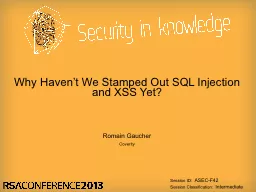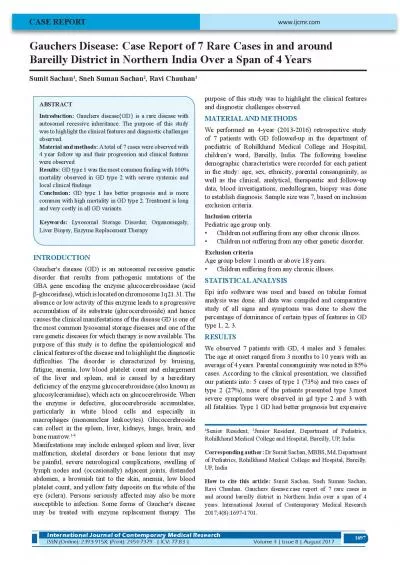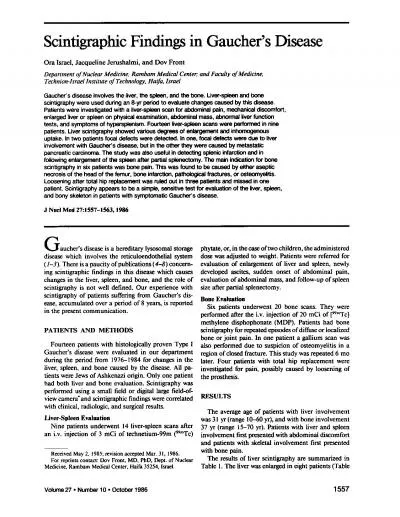PPT-Romain Gaucher
Author : trish-goza | Published Date : 2016-09-18
Coverity ASECF42 Intermediate Why Havent We Stamped Out SQL Injection and XSS Yet Lead security researcher at Coverity Have spent a fair amount of time on automated
Presentation Embed Code
Download Presentation
Download Presentation The PPT/PDF document "Romain Gaucher" is the property of its rightful owner. Permission is granted to download and print the materials on this website for personal, non-commercial use only, and to display it on your personal computer provided you do not modify the materials and that you retain all copyright notices contained in the materials. By downloading content from our website, you accept the terms of this agreement.
Romain Gaucher: Transcript
Download Rules Of Document
"Romain Gaucher"The content belongs to its owner. You may download and print it for personal use, without modification, and keep all copyright notices. By downloading, you agree to these terms.
Related Documents














